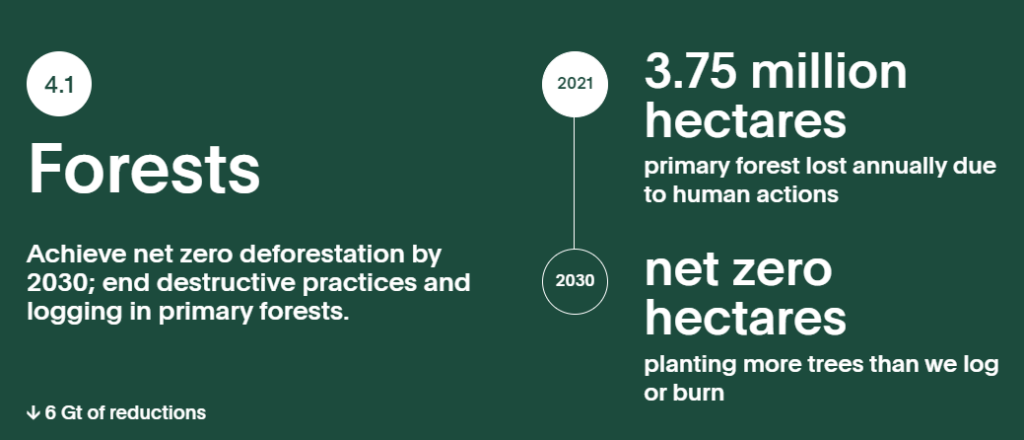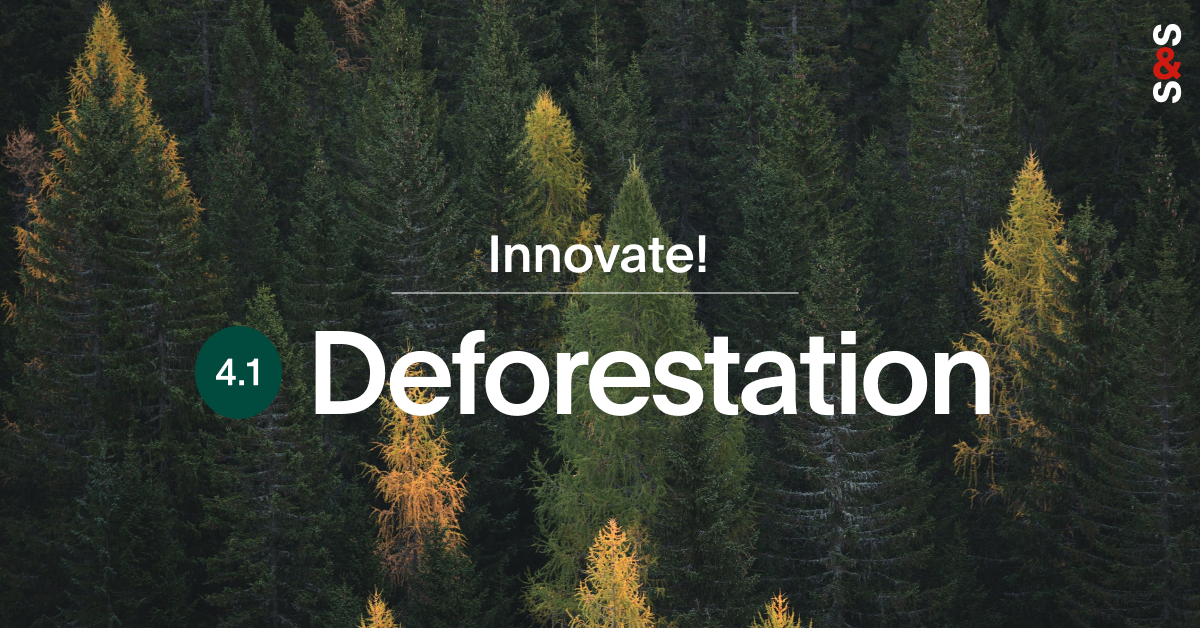Every six seconds, the world loses a soccer field of primary forest–a total of 3.75 million hectares, or 14,487 square miles, per year. These forests play an essential role in the carbon cycle, taking carbon dioxide out of the atmosphere, and they’re disappearing. The world’s forests are code red.
In 2021, at the Glasgow climate summit, 141 nations committed to end deforestation by 2030. We need all nations to enforce and incentivize robust forest protections.

Investment and subsidies that now drive deforestation must be shifted to ending it. We also need to invest more money to find sustainable ways to protect our forests and prevent ecosystem degradation. Fortunately, several organizations around the world are helping us restore global environmental health through conservation and preservation.
One important way to fight deforestation is by collecting better data. Since 2013, the World Resources Institute has led Global Forest Watch 2.0, which tracks global tree cover in real time to measure deforestation and prevent it where possible. The United Nation’s cloud-based Food and Agriculture Organization’s SEPAL platform uses open-source data to monitor forests for erosion or logging threats and to track forests’ health.
The Trillion Trees: Amazon Bioeconomy Challenge, sponsored by UpLink, enlisted innovators to sustain the Amazon’s biodiversity. Their ideas included advancing agroforestry and sustainable agriculture across the region.
We can fight climate change by preventing further deforestation and by using forests to capture carbon from the atmosphere.


